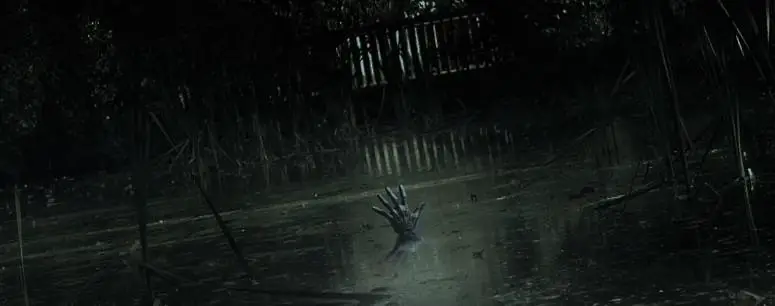Share the Lore!
By: Alex Postrado
Bunyip: Mythical Amphibious Monster or Extinct Australian Megafauna?
I don’t know about you, but the fabled existence of the Yara-ma-yha-who 一 Australia’s red-skinned, humanoid vampire, which, by the way, finds pleasure in regurgitating its victims 一 is more than enough reason for me to steer clear of the Outback as much as I can.
However, if that does not convince you enough, maybe the Bunyip would.
It is said that at night, in the pristine wilderness of Australia, you can hear the roaring call of the Bunyip.
Generally speaking, it is a monster that stalks the inland waters of the Outback, looking for prey to cram down.
And by prey, I, unfortunately, mostly mean children.
The very reason why Aboriginal parents and elders make sure to warn their young ones of the vicious Bunyip!
Although, how exactly does one do that 一 warn others of a monster that has been described in various and often contrasting ways throughout history?
Scaly, covered in fur, has feathers for hair, resembles a dog, a seal, an alligator, and more 一 the Bunyip could be any, all, or neither of that, depending on who is telling the story.
But have you ever wondered how all of those details would look in the wider picture?
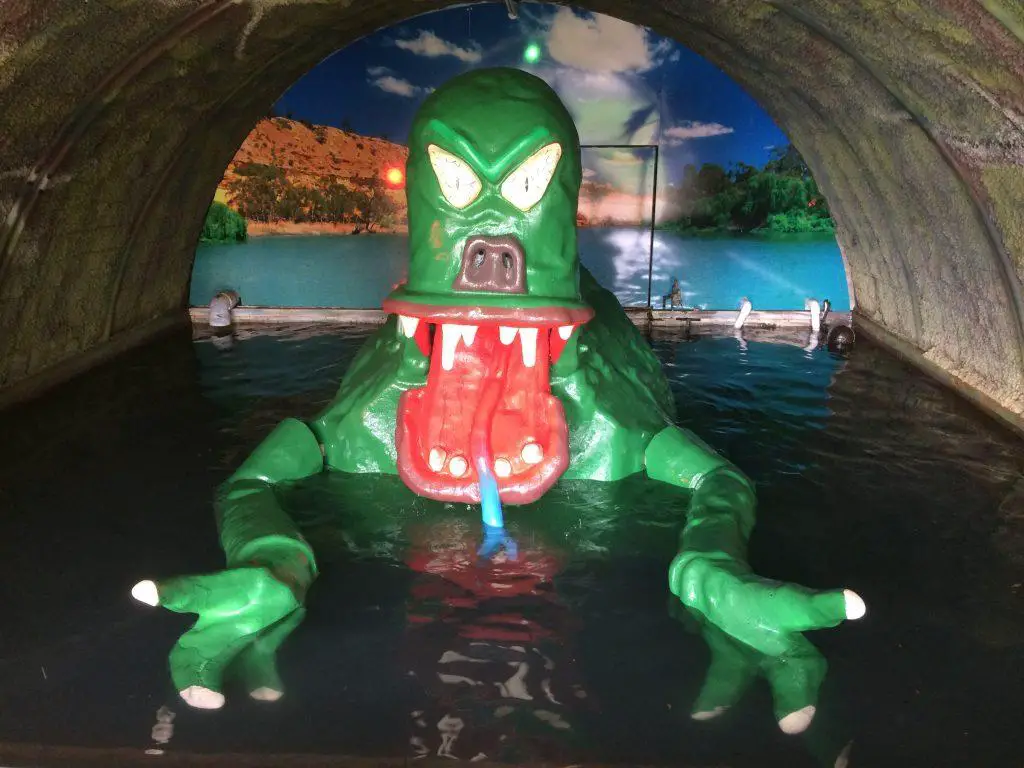
What is the Bunyip?
If we are to learn about the Bunyip, we would have to start with the basics. In other words, the details that most 一 if not all 一 versions of the lore have in common.
At the top of that list is the Bunyip’s hideout, namely, the waterways.
That could mean rivers, billabongs, swamps, riverbeds, marshes, creeks, lagoons, or waterholes 一 although there have also been accounts of the Bunyip having been spotted lurching on land. This makes the Bunyip an “amphibious, almost entirely aquatic” creature, which, interestingly, only comes up to the surface to hunt for food.
As mentioned earlier, that “food” is actually 一 most of the time 一 children.
Other times, women, and rarely, men 一 the Bunyip emerges out of the water to attack its victim, letting out a booming call as it reveals its full size.
Just how big the Bunyip is… well, big enough to devour a human whole!
Luckily, this creature gives quite a window for us to seek refuge, as it is said to be nocturnal 一 active only at night, and resting by day.
Different Versions of the Same Creature?
Perhaps, the thing that makes the Bunyip such a fearsome figure of folklore is the air of mystery that surrounds it.
In both tales and alleged sightings, the Bunyip has been described in wildly varying ways 一 making it hard for us to pinpoint exactly what to avoid or expect if we ever cross paths with the creature.
The Moorundi people of the Murray River 一 as English explorer George French Angas noted 一 reports the Bunyip to be similar to “an enormous starfish.”
On the other hand, author Eugénie Louise McNeil recounts her childhood ‘encounter’ with the Bunyip, a monster she described to have “a snout like an owl.”
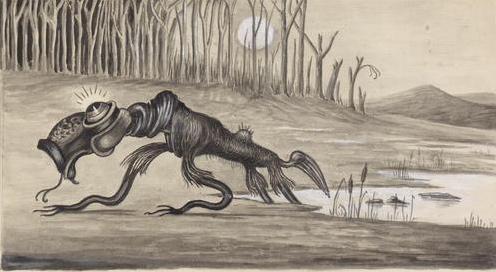
Still, the most common description of the Bunyip tells of it, having characteristics that resemble that of swimming dogs, seals, and otters.
In this version, the Bunyip is often said to have any combination of the following:
- A round head;
- Either a cycloptic eye or a pair of eyes;
- Shaggy brown or black fur;
- Prominent ears;
- Whiskers;
- And tusks.
While others portray the Bunyip in their stories to have emu or horse-like features, complete with:
- An elongated neck;
- A long bill;
- A pair of strong hind legs and relatively longer forelegs;
- Claws;
- And a horse-like tail.
There are also those who claim that the Australian Bunyip does not actually look like any of the ones mentioned earlier and instead bears more resemblance to a hippopotamus, an ox, a manatee, a snake, or an alligator 一 however, with:
- Fins or flippers;
- Serrated teeth;
- Tough, leather-like hide or scales;
- And horns.
Finally, there are a few who recall a more ambiguous Bunyip with humanoid features.
But, as to which of these variations is the most accurate, no one can say for certain.
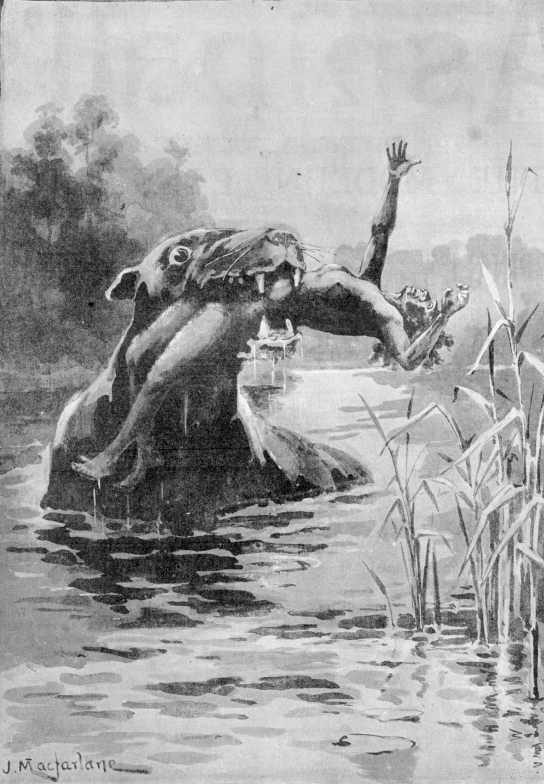
Bunyip vs. Yowie
Along with the slew of animals the Bunyip has been compared to over the years, there is also another 一 although mythical 一 creature that some confuse to be the man-eating Outback monster.
It is the Yowie 一 also known as Yahoo, Yayhoo, Youree, Hairy Man, or to some, as the Australian Bigfoot.
This creature of Aboriginal myth is likely mistaken to be the Bunyip due to Bunyip’s other monikers 一 which could sound a bit like Yowie 一 namely, Wowee-wowee and Yaa-loo.
But it seems as though their similarities end there because, while the Bunyip is often believed to be a nocturnal, four-legged, and commonly dog-like monster, the Yowie is said to be a bipedal, humanoid ape with fangs and orangey-brown hair.
Descriptions of the Yowie’s behavior also somewhat contradict that of the Bunyip, as the former is set out to be timider 一 albeit with violent tendencies, best shown through alleged reports of it “tearing heads off of kangaroos and dogs” 一 and the latter, described to mostly be aggressive, especially toward us, humans.
Besides their names, however, if these two creatures are truly substantially unalike, how and why did they end up knotted together?
Confusing Origins of the Bunyip
It is widely believed that stories about both the Bunyip and the Yowie predate the arrival of European settlers in Australia by literally thousands of years.
These creatures were only two examples of the long series of entities Indigenous Australians understood as beings that also exist in this world, but are separate from the Ancestral Spirits of the Dreamtime and the Aboriginal people themselves.
The thing is, however, when the Europeans intervened, they mistakenly understood these beings as some sort of unknown “physical world” animals just waiting to be discovered.
After all, to them, as strange as the fauna of Australia may be, it was 一 at the same time 一 also very real. And taking into account the existence of some hopping marsupials (kangaroos), spiny anteaters (echidnas), and duck-billed beavers (platypuses) 一 among others 一 what are the odds that both a mysterious waterway monstrosity and a big-footed ape-man also exist?
But, while the Yowie retained its Sasquatch-like characteristics through the years that followed, the term Bunyip 一 which originally means “mean devil” or “evil spirit” in Aboriginal Australian 一 evolved into a catchall name for various distinct monsters of Aboriginal myth.
This, perhaps, explains why the Bunyip is such a complex figure of lore.
A figure that is sometimes confused with other entities 一 like the Yowie 一 while also bearing several other names, depending on the region, including Kianpraty, Katenpai, Mulyawonk, Mulgyewonk, and Tanutbun.
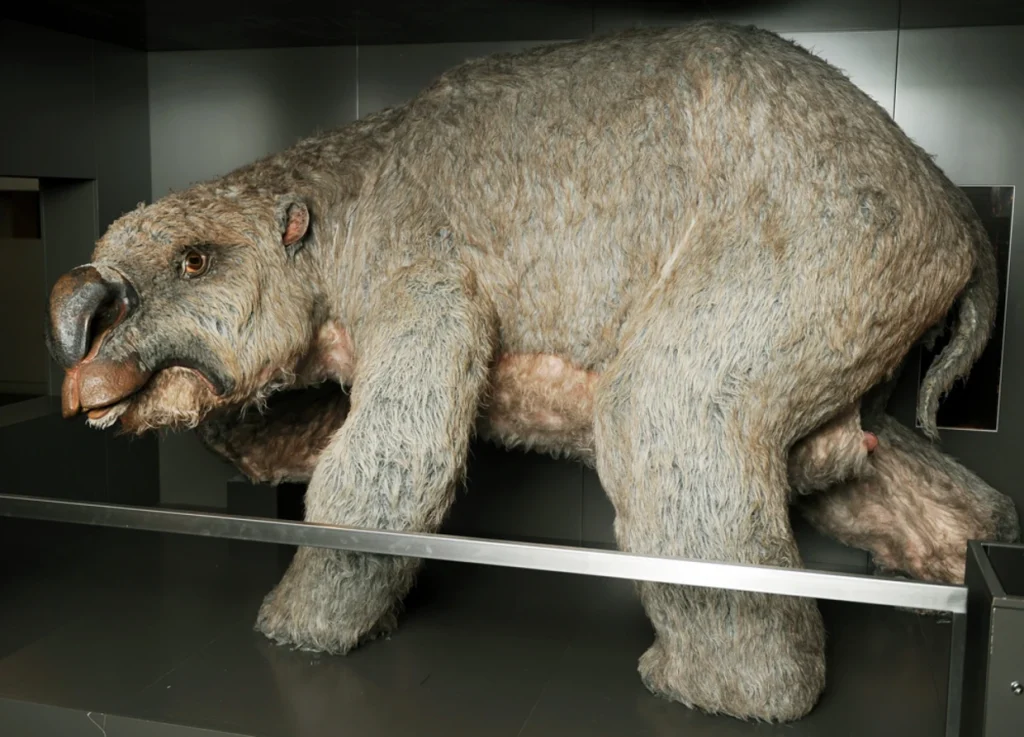
Is the Bunyip Real?
Despite its mythical origins, vain attempts were still set out by European settlers to locate and capture the feared Bunyip.
Unfamiliar animal calls were tagged as the bellowing of the waterway monster, and skulls and other ‘evidence’ of the Bunyip’s existence were put forward 一 only for most of them to later be revealed as either hoaxes or wrongly identified artifacts.
In 1847, for instance, an unknown skull was discovered in the Murrumbidgee River in New South Wales, Australia.
Some claimed it to be a Bunyip skull and even placed it in an exhibition at the Australian Museum. But it was soon found out that it was actually only “the cranium of a disfigured horse or calf.“
Others theorize that, while the Bunyip may no longer exist today, it likely once did, in the form of the Diprotodon 一 an extinct bear-like marsupial, which wallowed in billabongs and roamed Australia, alongside ancient Aboriginal people, over 50,000 years ago.
But, to this day, that remains largely speculation.
And more than anything, scientists hold on to the belief that the Bunyip is but a product of human imagination, misidentification, hoaxes, or collective cultural memory of things and stories that rest in a now-forgotten past.
References:
Bunyip - Mythological Creature Bunyip - Mythology Beware The Bunyip Mutating Myths: Bunyip Meet The Bunyip, The Monstrous Cryptid Said To Inhabit Australia’s Swamps Bunyip - Cryptid Yowie - Cryptid
